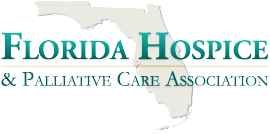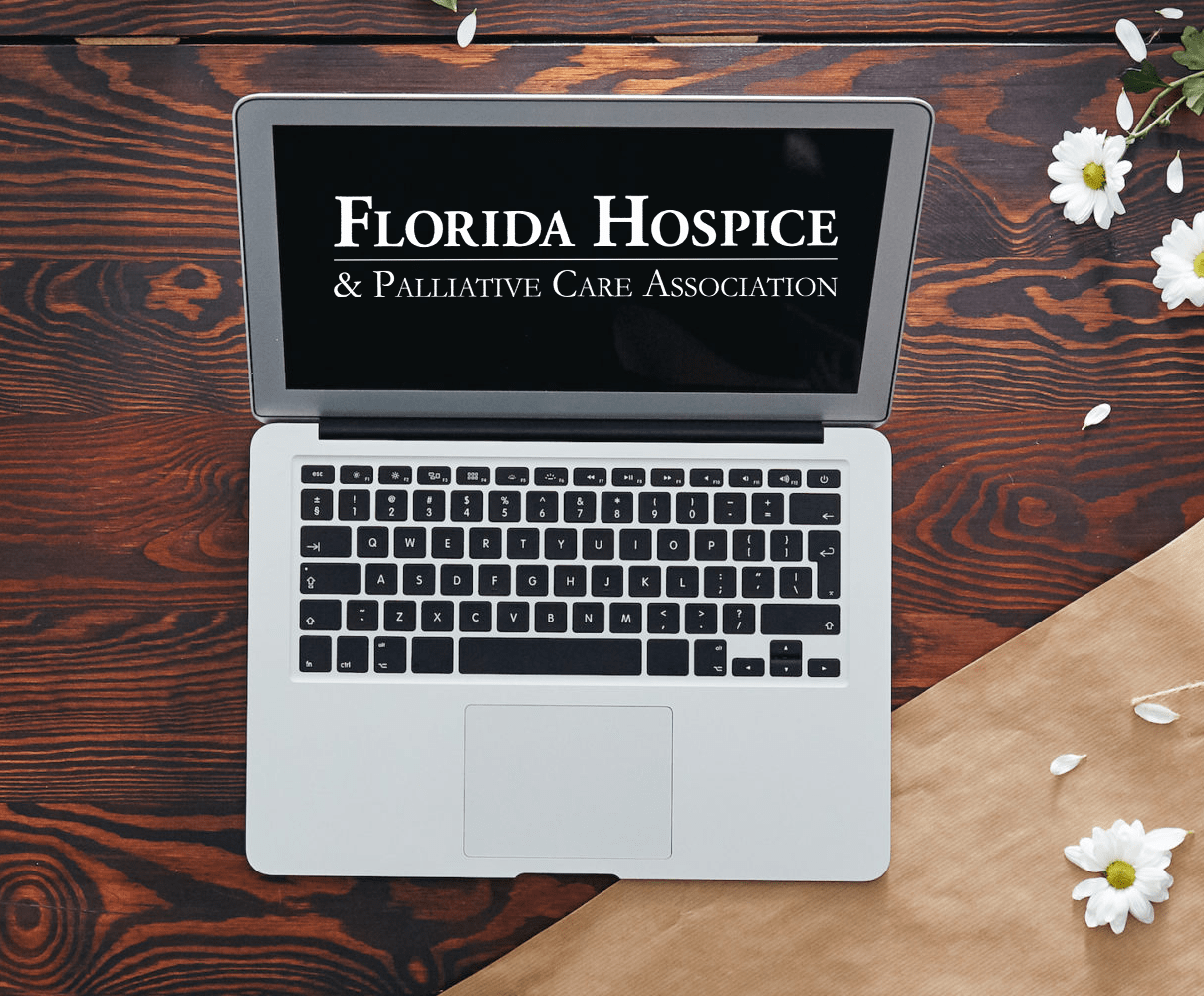For Physicians
A Physician’s Guide to Making a Hospice Referral
“Physicians are the link to community services related to patient healthcare needs. We as Physicians must always be looking for ways to help our patients and their loved ones live more comfortably with less caregiver stress.” – Daniel Heinig, M.D.
We understand that Physicians may view hospice as a difficult topic to discuss with patients. Often times, the benefits of service provision become clouded when patients hear the word “hospice.” Fear and finality of life may be the primary reason for concern. Physicians can help eliminate that fear by explaining that hospice enhances quality of life and significantly reduces caregiver stress.
This guide was created by our state-wide organization to help you – the physician – in not only understanding criteria for hospice appropriateness, but also for feeling comfortable with discussing hospice with your patients in a way that focuses on service and dispels fear.
As a Physician, ask yourself the following questions:
- Who are my patients with long-term chronic illness who have now transitioned into late-stage disease?
- Do I currently care for patients either living at home or who are in the hospital who are not expected to be alive one year from now?
If you can identify your patients by answering the above two questions, then you can also be on your way to introducing them to a service that can help greatly. Remember, early referrals will lead to your patient’s better quality of life, less caregiver burden and better patient comfort and control.
Eligibility for Hospice Services:
Diagnosed to be in the last 12 months of a life-limiting illness
Physician must certify prognosis
Patient is no longer seeking curative treatment
General Criteria:
50% or less functional level on the palliative performance scale (see below)
Increasing dependence in dressing, bathing and other activities of daily living
Increasing emergency room visits
Decrease in nutritional status
Decrease in functional status or cognitive abilities
Laboratory studies
Diagnoses and Associated Symptoms:
Lung Disease – shortness of breath at rest, poor response to bronchodilators, unintentional weight loss greater than 10% in past six month, increased pulmonary infections and ER visits
Alzheimer’s Disease and Related Dementia – Stage 7 on the FAST scale, difficulty with ambulation, dressing, bathing, eating, incontinence, poor verbal communication, increased ER visits, infections, weight loss.
Heart Disease – Recurrent CHF at rest, Class IV as per the American heart Association, ejection fraction 20% or less, increased arrhythmia, ER visits.
Failure to Thrive – No clearly defined terminal illness, but increasing weight loss, decreasing function in all areas of daily living, multiple conditions which could include heart disease, COPD, dementia, diabetes, CVA, sepsis, frequent infections, or decubiti.
Other Disease Categories – Cancer, kidney disease, ALS, and other debilities may qualify a patient for hospice services.
Making a Hospice Referral is Easy!
Even if you are not quite sure of prognosis or qualifying diagnosis, please call your local hospice provider and they will do all the work. A nurse will visit the patient with your approval, complete a comprehensive nursing assessment, and notify you if your patient qualifies for services. That’s it.



